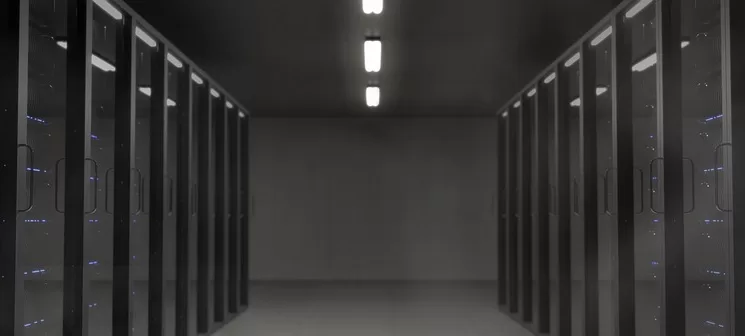
Space Exploration for All: How Technology is Making Outer Space Accessible
Space exploration has always been a captivating endeavor for humanity. However, in the past, it was limited to a select few individuals who had the privilege of being trained astronauts. In recent years, technology has revolutionized the way we approach space exploration, making it more accessible than ever before. This article will delve into how technology is breaking barriers and opening up new opportunities for everyone to explore the wonders of outer space.
One of the significant advancements that have made space exploration more accessible is the introduction of commercial space travel. Private companies like SpaceX and Blue Origin have been at the forefront of this revolution, developing reusable rockets and spacecraft that drastically reduce the cost of space missions. This, in turn, has paved the way for space tourism, allowing ordinary people to venture into space. With the increasing competition in the commercial space industry, prices are expected to further decrease, making it even more affordable for the general public.
Moreover, technology has played a crucial role in enhancing safety and training for aspiring space travelers. Virtual reality (VR) has emerged as a powerful tool in simulating the experience of being in space. Astronauts can now undergo realistic training scenarios, enabling them to familiarize themselves with zero gravity environments and handle emergency situations. VR has not only made training more immersive but also more cost-effective, allowing more individuals to prepare for space travel.
In addition to VR, advancements in robotics and artificial intelligence (AI) have contributed to the accessibility of space exploration. Robotic missions, equipped with AI capabilities, can now perform tasks that were previously only possible for humans. These robots are capable of collecting samples, exploring distant celestial bodies, and even conducting experiments. By utilizing robotics, scientists can gather valuable data without the need for human presence, reducing the risks involved in space missions.
Furthermore, technology has facilitated the dissemination of knowledge and insights gained through space exploration. Through the internet and social media platforms, space agencies and astronauts can share their experiences and discoveries in real-time. This instant access to information has sparked interest and curiosity among the masses, inspiring more individuals to pursue a career in space exploration or simply learn more about our universe.
The democratization of space exploration is not limited to Earth’s orbit. NASA’s Artemis program aims to return astronauts to the Moon and eventually establish a sustainable presence there. This ambitious project has opened up opportunities for international collaborations, encouraging countries that were previously unable to partake in space missions to contribute their expertise and resources. The Artemis program symbolizes the inclusive nature of modern space exploration, bringing nations together to unlock the mysteries of our celestial neighborhood.
In conclusion, technology has made space exploration more accessible than ever before. The emergence of commercial space travel, advancements in VR training, robotics, and AI, along with the ease of information sharing, have all contributed to breaking down barriers and opening up outer space to a broader audience. As technology continues to evolve, we can expect further advancements that will propel us towards a future where space exploration truly becomes an opportunity available to all.
© Copyrights by Soulfulls. All Rights Reserved. Developed by Soulfulls